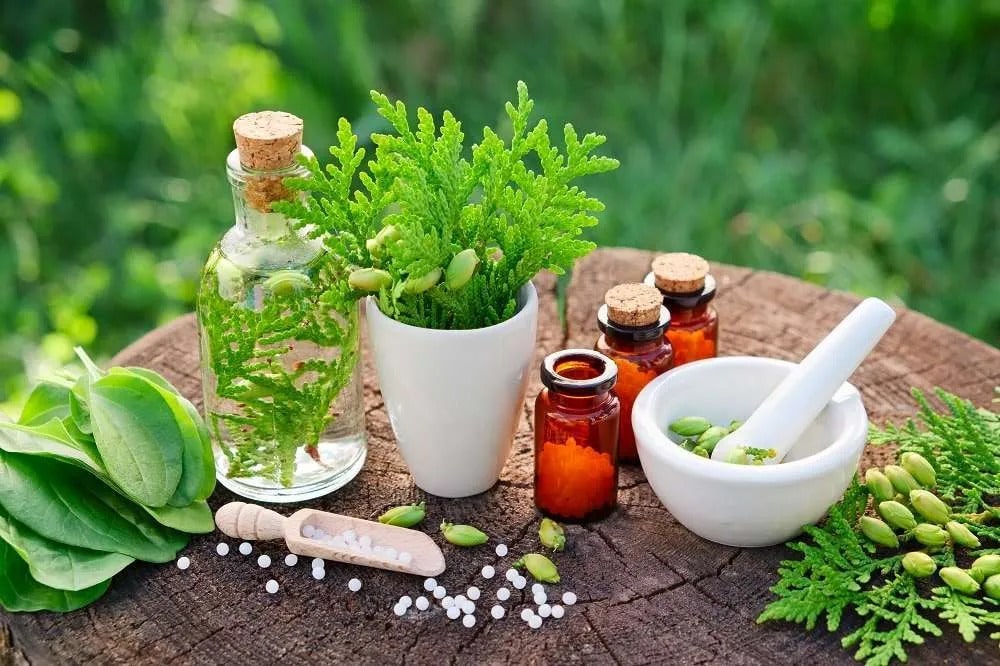




Even as the World Health Organization (WHO) reports that traditional medicine is practised in 88% of its member-states — 170 out of 194 countries, traditional tribal medicine practices continue to grow across India.
Even in Jharkhand, the traditional medicine called Hodopathy medicine practice has shown growth.This is apparent from the website-hodopathy.org.
The website and Hodopathy medicine practice is run by Torang Trust, Jharkhand. It safeguards tribal knowledge of Hodopathy through ethical practices.
Hodopathy medicinal system relies on the extensive use of medicinal plants and natural products.The
tribal practitioners, also called vaidays or ojhas, use various parts of plants to create pastes, juices, powders, and decoctions for treating a wide range of ailments.
“We bridge ancient wisdom and modern health needs”, claims the website on its page “ Our Mission”. It offers online appointment of doctors.
For billions, particularly in low- and middle-income people across the states and nations, it remains the primary form of health care due to accessibility and affordability considerations.
Yet, its significance extends beyond treatment, supporting biodiversity conservation, nutrition security, and sustainable livelihoods.Hodopathy also provides medicines online.
Market projections underscore this growing acceptance. Analysts estimate that the global traditional medicine market will reach $583 billion by 2025, with annual growth rates of 10%-20%.
China’s traditional Chinese medicine sector is valued at $122.4 billion, Australia’s herbal medicine industry at $3.97 billion, and India’s Ayurveda, Yoga and Naturopathy, Unani, Siddha and Homoeopathy (AYUSH) sector at $43.4 billion.Hodopathy however does not figure in the Ayush sector adopted by the Ministry of Ayush, India.



